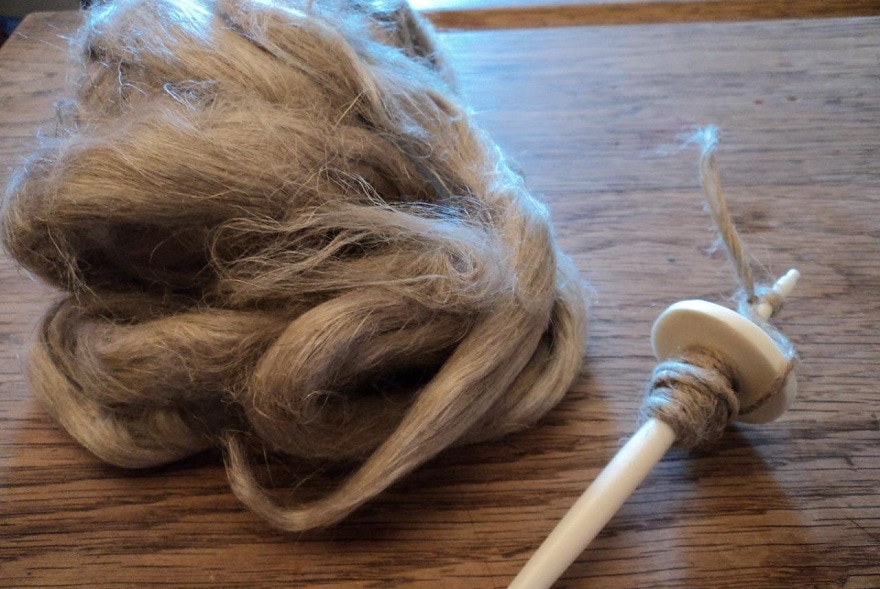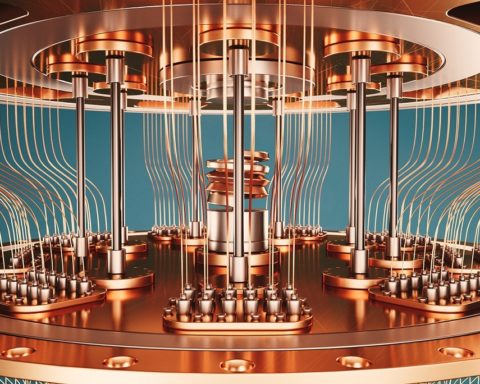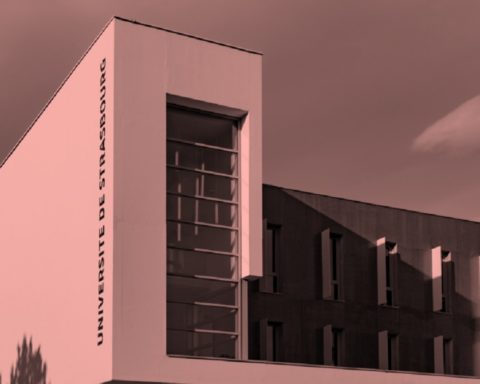New sustainable alternatives to leather




The new natural and ecological textiles





The main trends








Anything to add? Say it as a comment.

















Why not enjoy unlimited reading of UP'? Subscribe from €1.90 per week.
Anything to add? Say it as a comment.



Already registered? I'm connecting
Register and read three articles for free. Subscribe to our newsletter to keep up to date with the latest news.
→ Register for free to continue reading.

You have received 3 free articles to discover UP'.






[…] ↑ Matériaux innovants : matières à sens et à sensations — Up […]
[…] ↑ Matériaux innovants : matières à sens et à sensations. Up […]